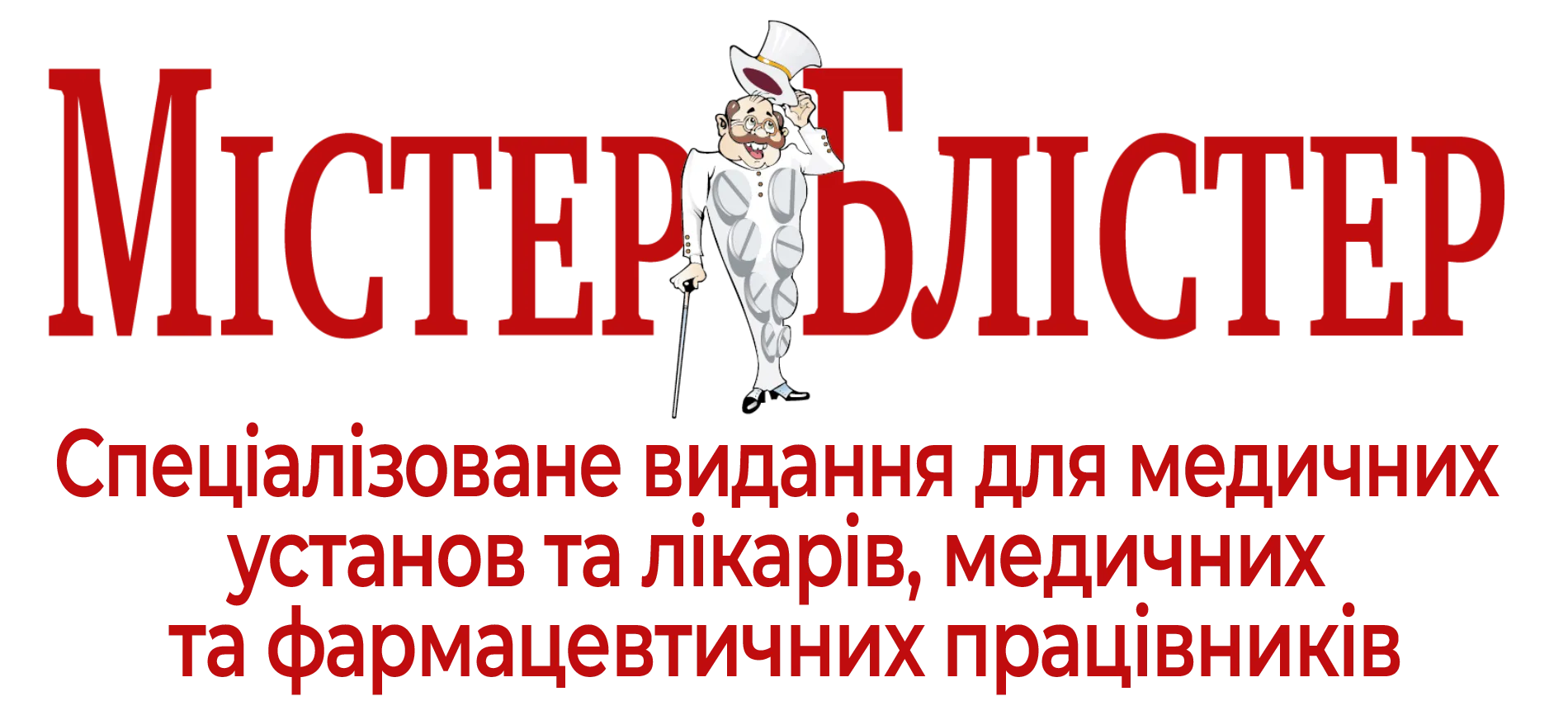
Pharmacy branches
A number of countries in the WHO European Region allow subordinate pharmacy structures, such as specialized units of pharmacies attached to health care facilities and branch pharmacies. They are owned by a single owner and operate under the supervision and direct responsibility of the main pharmacy.
- In Germany, an out-of-hospital pharmacy may have up to three branches that are located nearby and each is managed by a pharmacist acting as branch manager.
- In Austria, each out-of-hospital pharmacy is allowed to establish one pharmacy branch in a municipality where there is neither an out-of-hospital pharmacy nor a physician with dispensing authority, but the number of such pharmacies remains limited (23 in total).
- In Denmark, pharmacies may establish up to eight separate branches within 75 km of the main pharmacy, each of which must have at least one pharmacist present during working hours. If necessary, the National Board of Health may oblige a pharmacy to maintain, establish or close a branch pharmacy.
- In Finland, a pharmacy may have up to three branch pharmacies established on its own initiative or on the initiative of the municipality. If the turnover of a branch pharmacy exceeds 50% of the average turnover of a pharmacy, it may be reorganized into an independent pharmacy. The owner of an out-of-hospital pharmacy may only be a specialist with a master’s degree in pharmacy; and a pharmacy branch may also be managed by an employee with a bachelor’s degree in pharmacy. The branch pharmacy may operate on a reduced schedule and have a narrower range of products than the main pharmacy.
- In Norway, it is permitted to establish a pharmacy branch office with a document issued by the Norwegian Medicines Agency. A pharmacist or a bachelor’s degree in pharmacy (known as a prescriber, i.e. a specialist in dispensing and (or) making medicines according to prescription) may run a branch, but the branch is supervised by the main pharmacy.
- Pharmacy branches are also allowed in Uzbekistan, and the education requirements for the head of the branch are lower than the education requirements for the head of the main pharmacy.
- In Latvia, a pharmacy may establish a branch in a district, city or parish where the number of inhabitants does not exceed 4000 and there are no other pharmacies or pharmacy branches within a radius of 5 km. A branch pharmacy may not perform all the activities of an out-of-hospital pharmacy if it does not have a pharmacist.
- Pharmacy branches are allowed in Estonia, but according to new regulations, pharmacy branches in cities with a population of more than 4000 inhabitants must be transformed into regular out-of-hospital pharmacies.
- In Slovenia, pharmacy branches must serve a minimum of 2500 inhabitants. The responsibility for their activities lies with the out-of-hospital pharmacy.
- Pharmacy branches are also allowed in Iceland and there are four types of licenses for them, depending on the level of services provided.
- Armenia, Kyrgyzstan, the Russian Federation, Tajikistan and Ukraine allow licensing of pharmacy outlets and pharmacy kiosks (except Ukraine). However, the lack of geographical and demographic criteria often makes their distribution irrational. In rural areas, the number of pharmacy outlets and pharmacy kiosks is limited, whereas in cities there are many such establishments.
Financial support
In addition to regulatory criteria, other incentive-based approaches have also been used to establish out-of-hospital pharmacies in rural areas where there is a need.
- In Estonia, a one-time cash allowance (15 000 euros) is paid to pharmacists (or pharmacy assistants) who start working in an out-of-hospital pharmacy (or pharmacy branch) located at least 10 km away from a city or town and at least 5 km away from another pharmacy or pharmacy branch, provided that it is open for at least 30 hours and five days a week.
- In Kazakhstan, the Republic of Moldova, the Russian Federation, Uzbekistan and Ukraine, students graduating in pharmacy who have received their education under the state order (at the expense of the state budget) are required to work for three years in a state pharmacy, mostly in rural areas, after graduation. However, due to the reduction in the number of state pharmacies, this system does not produce the expected results.
- In Spain, small pharmacies are entitled to a monthly compensation payment based on a target of 12 500 euros for the total amount billed to the health insurance fund. This compensation payment can be up to 833 euros per month and depends on the fulfillment of certain conditions (such as participation in health promotion activities).
- Three countries in the United Kingdom (Scotland, Northern Ireland and Wales) have a similar system of “small mainstream pharmacies”. They are generally subject to a minimum number of dispensing operations per month and a minimum distance to the nearest pharmacy. For example, in Scotland, the minimum amount of activity is 1400 dispensed drugs and medical devices, and the distance to the nearest pharmacy is 2 miles (3 km). Under this program, the Scottish Government guarantees a minimum monthly income of 3804 pounds to an out-of-hospital pharmacy that is open a minimum of 30 hours per week. If the pharmacy does not achieve this level of income, the difference is covered by the health insurance account. The guaranteed income amount is adjusted to take into account the amount of time the pharmacy is open. The same concept underlies similar programs in Northern Ireland and Wales. This system appears to have achieved full coverage and there is currently a moratorium on applications for new small mainstream pharmacies in Scotland.
- In Sweden, following the liberalization of the pharmacy sector, a fund was established to support rural pharmacies that meet the following criteria: a distance to another pharmacy of more than 20 miles, an annual income from the sale of prescription-only medicines of between SEK 1 000 000 and 10 000 000, and operation throughout the year. Compensation is calculated on the basis of annual turnover. A total of 30 out-of-hospital pharmacies receive such support, and in 2016 the total amount was SEK 10 000 000 000 000.
- The Finnish model is based on a different approach: pharmacies are subject to a special pharmacy tax, which is payable to the state and is levied on the annual turnover from the sale of over-the-counter and prescription-only medicines. The tax rate increases with annual turnover. The smallest pharmacies pay no tax; larger ones may pay up to 10% of turnover from the sale of medicines. The effect of the pharmacy tax is that a small pharmacy earns proportionally more than a large pharmacy on the sale of the same medicinal product.
- In Lithuania, the government and municipalities may exempt pharmacies located in rural municipalities from taxes and fees, reduce their rates and provide other support to such pharmacies.
Alternative access points
Some countries have developed additional approaches to ensure access to medicines and pharmaceutical care.
- In Germany, pharmacies can apply for permission to set up a prescription collection point, which cannot be located on the premises of a commercial company or in the office of a health care provider. At such points, patients can leave their prescriptions in a sealed container and then pick up their medication at a pharmacy or have it delivered by courier.
- In Finland, the regulator may authorize an out-of-hospital pharmacy to establish a pharmacy service point (apteekin palvelupiste) on the outskirts of its assigned area or outside, in a neighboring municipality or village center. When applying for this authorization, the pharmacy must determine the range of medicines to be offered at the service point. As a rule, these are over-the-counter drugs and sometimes also some drugs dispensed only by a doctor’s prescription. Such service points are mainly established in sparsely populated areas.
- In Spain, pharmacies (botiquines farmacéuticos – literally “pharmaceutical first aid kits”) have been authorized since 1944. They can be opened in factories, mines or production facilities employing more than 100 people and where the distance to the nearest pharmacy is more than 5 km. Traditionally, these pharmacies operate only a few hours a week and are focused on serving the local population.
- Romanian legislation allows out-of-hospital pharmacies to organize local outlets (oficine locale de distribuție) in areas without pharmaceutical services (usually in rural areas) or in coastal resorts during the summer season. The outlet may be established after obtaining authorization, and the authorization is revoked if an out-of-hospital pharmacy is opened in the area.
- In Slovenia, pharmacies may stock medicines at the doctor’s office if it is located at least 10 km from the nearest pharmacy or pharmacy branch. These inventories are managed by the pharmacy. Permission from the local municipality is required for this form of operation.
Another approach involves the establishment of a mobile out-of-hospital pharmacy in the form of a vehicle with a fixed schedule, so that patients have access to the pharmacy (its branch). This practice is applied in Estonia, where an apteegibuss (“pharmacy bus”) is running, which must be physically accessible for patients with mobility impairments. Pharmacy buses are also permitted in Hungary. In Kazakhstan, Turkey and Uzbekistan, in order to increase access to medicines in rural areas, certain pharmacies may organize mobile pharmacy units.
Shutterstock/FOTODOM UKRAINE photos were used



